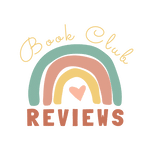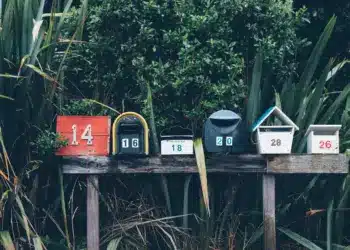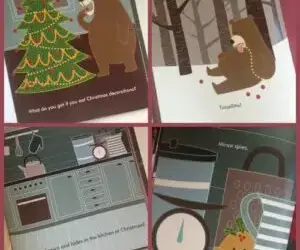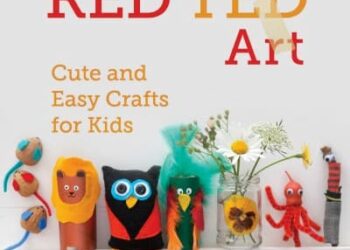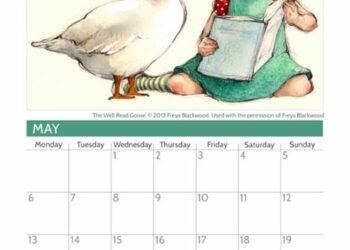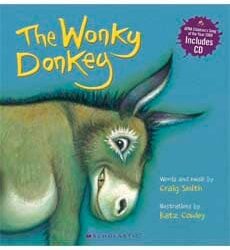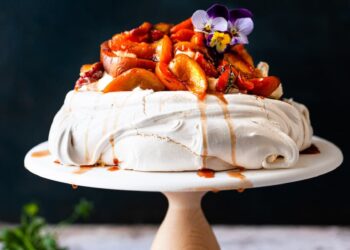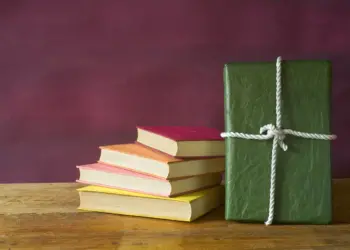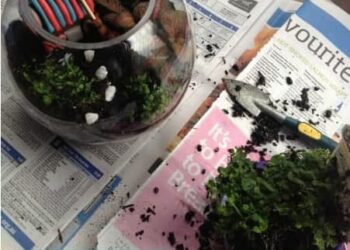We were fortunate enough to attend a workshop with Elizabeth Honey at Artplay last year. If you live in Melbourne you really must join the Artplay mailing list. There are always so many amazing events taking place there, including workshops with children’s book authors and illustrators.
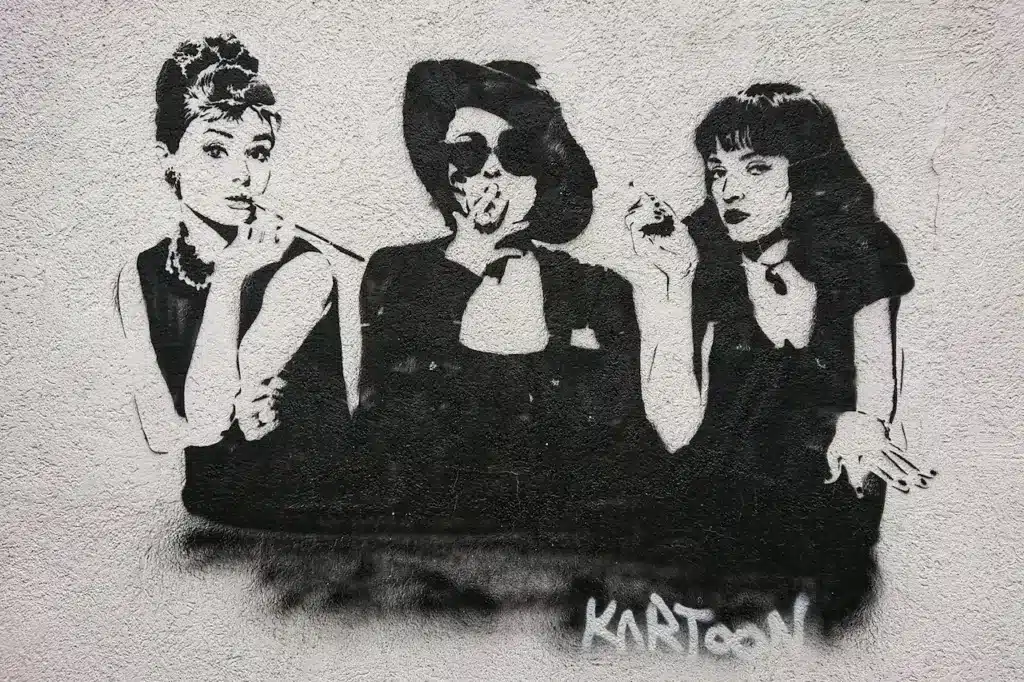
Enrol in workshops with Elizabeth Honey, Jackie French, Anna Walker, HJ Harper, Sue De Gennaro, Tohby Riddle, Michael Pryor and Asphyxia being held on August 25 and 26, 2012.
We were lucky for Elizabeth to share with us the draft pages of That’s Not a Daffodil (Shortlisted for the CBCA Early Childhood Book of the Year awards and the Speech Pathology Awards Book of the Year for Young Children). Cam was only two at the time, and I’m not sure if she appreciated these pages, but I CERTAINLY DID. It’s incredible to see how a book has journeyed from seed (excuse the pun) to final product.
We were also incredibly lucky to preview the original artwork for Ten Blue Wrens (shortlisted for Speech pathology Awards Book of the Year for Young Children), which Elizabeth created using stencils. (You can read our review of this book at the end of this post)
During the workshop, the children created their own daffodil artwork using a stencil Elizabeth had prepared for them.
Book Review: That’s Not a Daffodil
Elizabeth Honey
ISBN: 978-1742372488
Format: Hardcover
Publisher: Allen & Unwin, May 2011
RRP: $24.99
Suitable for ages: 3+
Awards: Shortlisted for the 2012 CBCA Early Childhood Book of the Year awards and the 2012 Speech Pathology Awards Book of the Year for Young Children
This book explores the growth-cycle of a daffodil, but it also touches on the themes of gardening, seasons, cultures and patience.
Illustrated in gentle, pastel colours, Elizabeth uses dialogue to tell a sweet story of Tom’s relationship with his next door neighbour, Mr. Yilmaz, an immigrant from Turkey.
Mr. Yilmaz is quite a gardener. He regularly pops in to visit Tom and brings with him carrots, pumpkins, lemons and apples. He is the perfect person to subtly teach Tom the fine arts of gardening and patience.
On one of Mr. Yilmaz’s visits, he presents Tom with a daffodil bulb. Mr. Yilmaz has a gentle nature and is quite entertained throughout the story by Tom’s perception of the growing process. It takes quite some time before the daffodil appears. In the meantime, instead of seeing a daffodil, Tom sees an onion, a desert, a green beak, a hand, grandpa’s hairs in the wind and a rocket.
It is with delight that Tom finally sees a ‘trumpet of gold.’
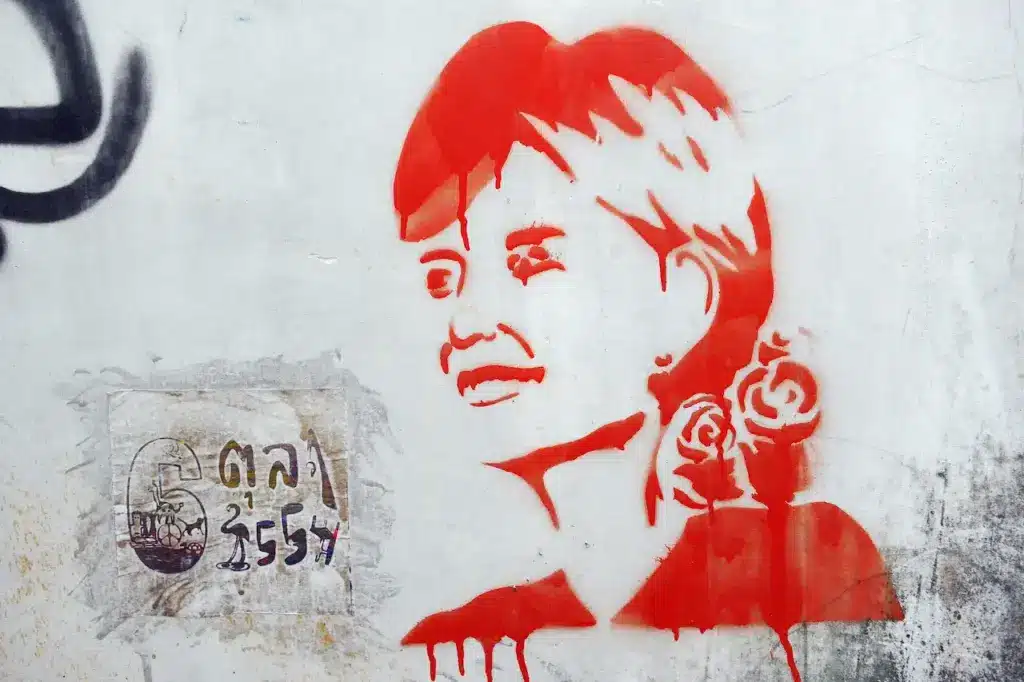
If you and your children have experimented with stencil art, you’ll want to share Ten Blue Wrens with your kids. It’s a brilliant example of using stencils to create elaborate and beautiful illustrations.
We’d experimented with stencil art while at Elizabeth’s workshop and we’ve also tried stenciling with leaves, but once we read Two Blue Wrens, we felt inspired to search our house for other tools we could use as stencils. We set up our paints and began dabbing. It didn’t take long for Cam to develop her own style. Some of our experiments didn’t quite turn out as we had expected. While others were worthy of a frame and painting for us always ends with a handprint. We’ve since found these items which we think would be great to use too.
What other objects do you think you could use for stenciling?
Book Review: Ten Blue Wrens and What a Lot of Wattle!
Elizabeth Honey
ISBN: 978-1742377872
Format: Hardcover
Publisher: Allen & Unwin, November 2011
RRP: $24.99
Suitable for ages: 2+
Awards: Shortlisted for the 2012 Speech Pathology Awards Book of the Year for Young Children
‘The illustrations in this book were made by cutting the designs out of plastic paper with a scalpel, creating a stencil.
Different colours were applied by dabbing on acrylic paint with a sponge.
Then came the moment of Truth when the stencil was lifted and the picture revealed. Yay!
You’ll find the stencil for the wattles in their bottles on the front endpaper of this book.’
The illustrations in this book are truly extraordinary. Doilies, mesh and ferns are amongst the tools used to create stencilled images that are bright, bold, luscious and delicate. You’ll be hard-pressed to choose a favourite image. Below are two of my favourite pages:
‘Four old ladies dressed in lace’.
I’d do just about anything to live in a Victorian Terrace abode, so it almost goes without saying that this is a favourite page for me. I also love Elizabeth’s play on words.
‘Six fat strawberries on a passionfruit pavlova’.
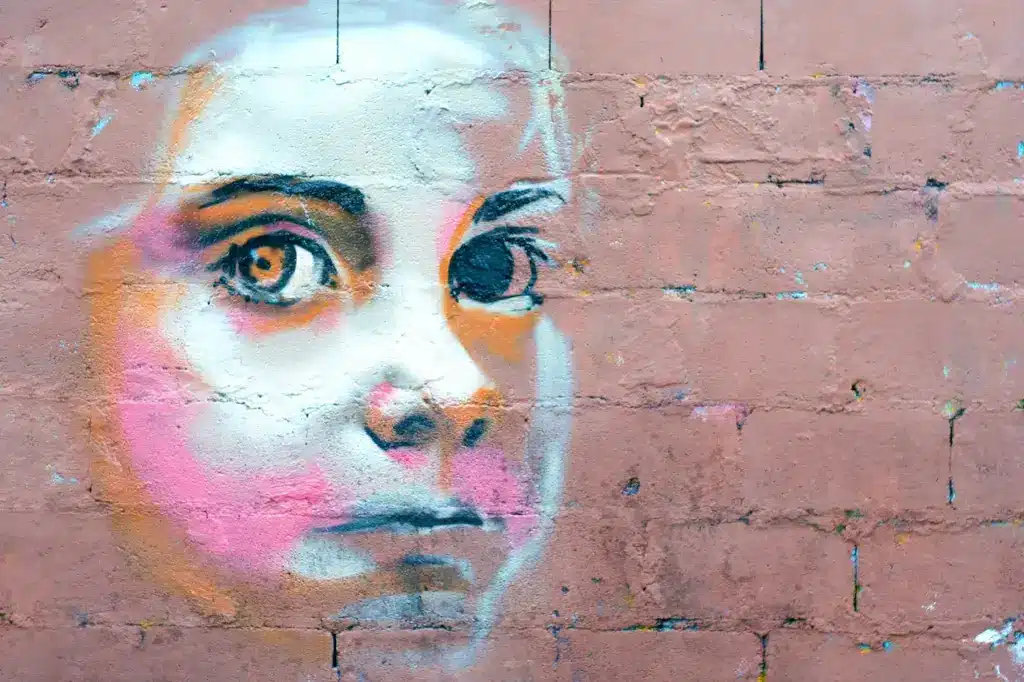
I’ve got a soft spot for doilies and hosting high teas, so I was quietly excited to see a doily used as a stencil in this illustration.
Illustrations aside, Ten Blue Wrens is a counting book like no other. This counting book doesn’t stop at 10, or even 12. This book features 100 flies hitching a ride on one’s back and ‘trillions, and billions and thrillions of stars.’
Making playful use of language, slang and puns, Elizabeth has weaved some of the most common Australian icons into a celebratory counting book, featuring nippers, meat pies, Indigenous artists, wattle, potoroos, gum leaves, bowerbird treasure and kelpie legs.
